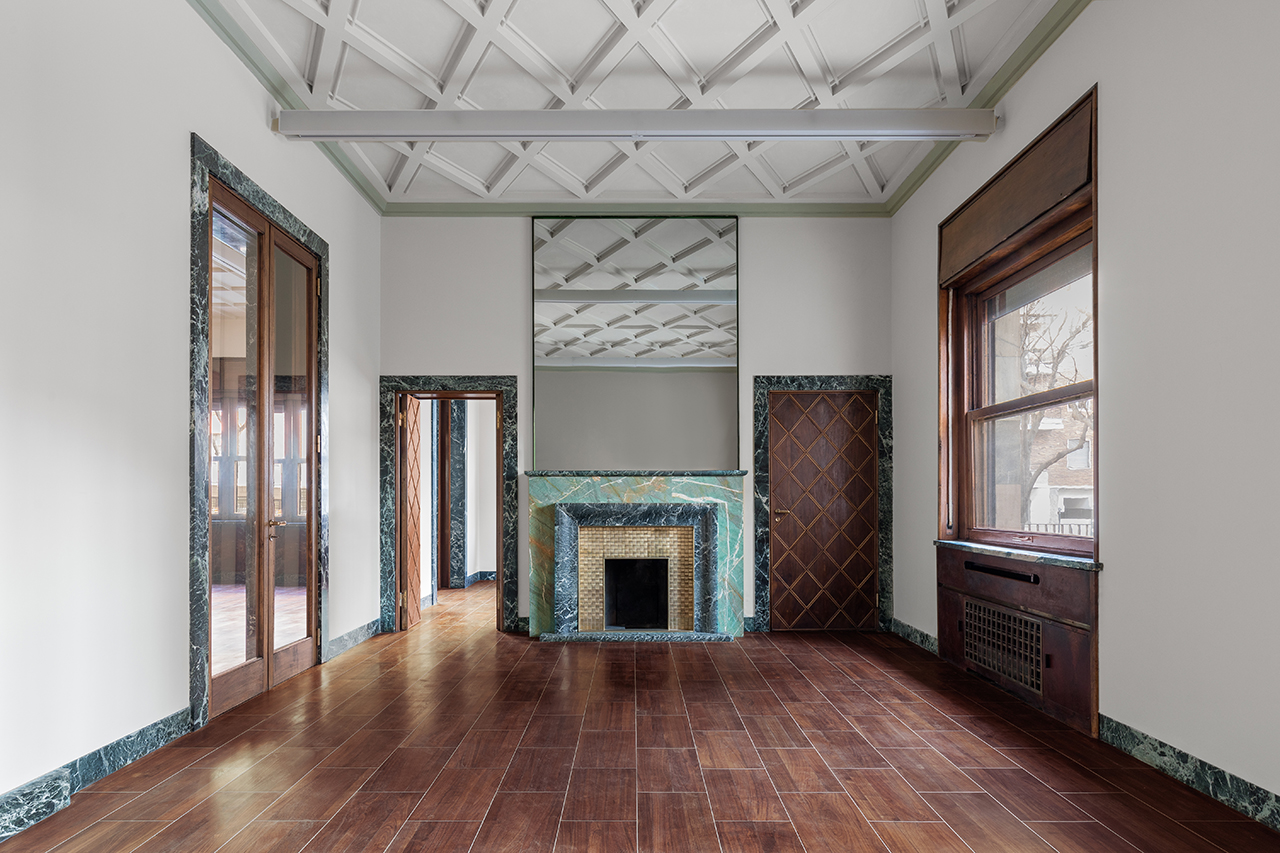Massimo De Carlo gallery unveils Paris outpost by Kengo Kuma
Intended for single-work exhibitions, Massimo De Carlo Pièce Unique is small, minimal, yet ambitious, proposing a new exhibition model that emphasises the connection between viewer and artwork
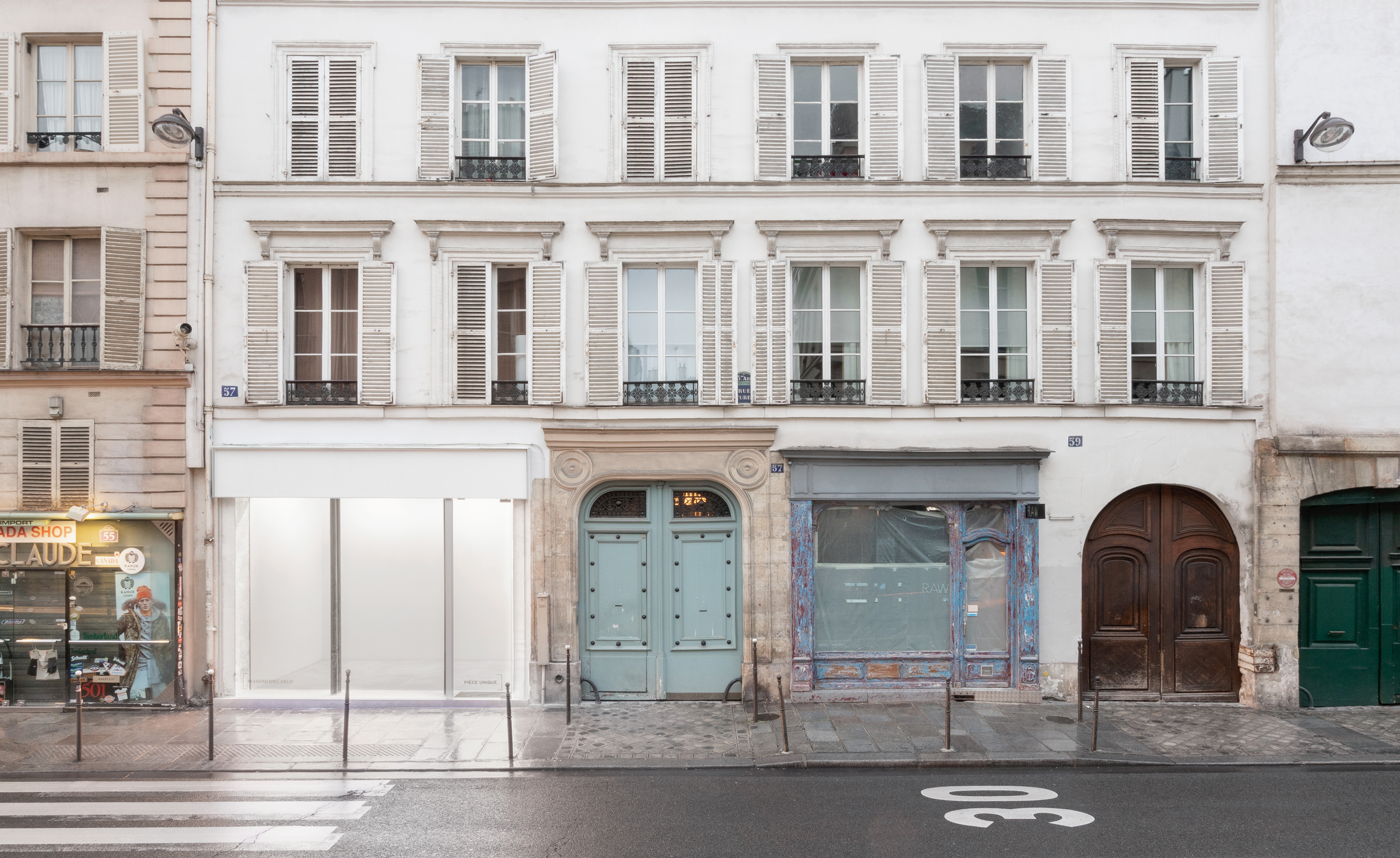
Massimo De Carlo Pièce Unique may be tiny, but it’s ambitious in concept. Located in the Marais, and breaking with the local tradition of hiding top galleries within enclosed courtyards, this first Parisian space of the influential Italian gallerist is scheduled to open to the public on 9 February. Unusually, it will only present a single art piece at a time.
Pièce Unique is ‘small by choice, in favour of the quality of the programme’, says gallerist Massimo De Carlo. ‘Art is always about ideas, never about scale. My desire was to question the true nature of a gallery, challenge the art system, and give artists a possibility to enhance new conversations between their work and the viewers. Its dynamic environment will give me – and more importantly, the artists – the chance to operate in a radically different way from the usual gallery exhibitions.’

The branding of Massimo de Carlo Pièce Unique is deliberately minimal, better to focus attention on the artwork that will be on display.
The philosophy is echoed in the space’s understated design by Kengo Kuma, who worked hand-in-hand with London-based studio PiM (Maria-Chiara Piccinelli and Maurizio Mucciola). The renowned Japanese architect – whose latest projects include the Japan National Stadium, which international audiences will hopefully get to discover this summer for the Tokyo Olympic Games – was also willing to strip back and switch scales. ‘Our idea was to introduce as little as possible in terms of design elements, so the focus remains on the exhibited artwork,’ says Kuma, showing a respect for heritage that is characteristic of Japanese culture.
We wanted to show the true essence of the existing materials of the historic building in their original roughness.
De Carlo was drawn to the architect’s reverent approach. ‘I felt the light and elegant Japanese touch of Kengo Kuma would be perfectly consistent with the nature of the project, for which the small detailing and the choice of materials are so important. The relationship we built was very meaningful,’ says De Carlo from Milan, where he has two large gallery spaces.
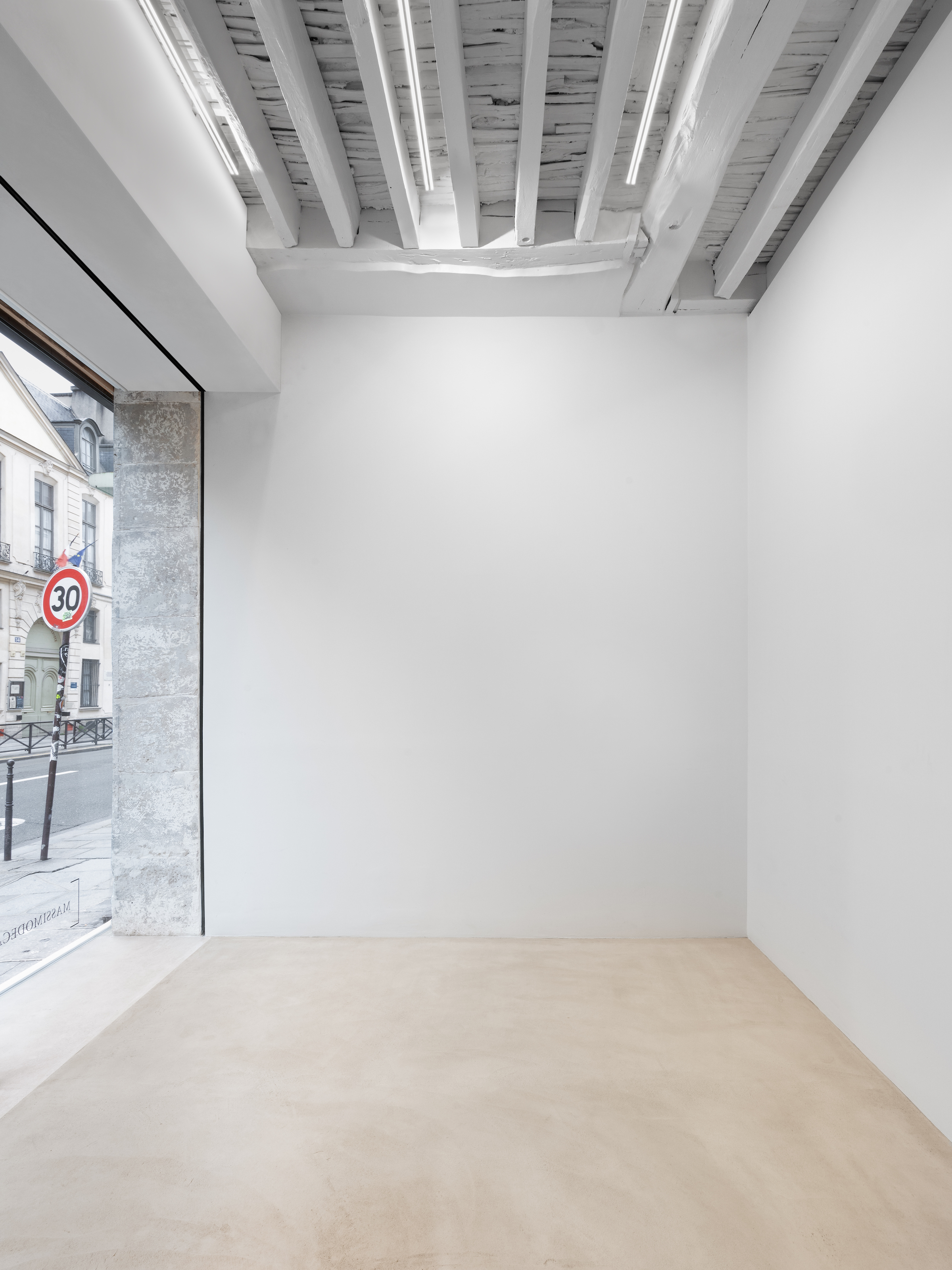
The compact space is intended to display one artwork at a time. Kuma left the wood of the ceiling is exposed to highlight the building's heritage, while installing a richly textured clay floor.
RELATED STORY
With Kuma directing the project remotely from Tokyo, his team carefully removed the plaster covering the space’s Lutetian limestone wall and wooden beams, to reveal the surfaces in their weathered beauty. As a calming counterpoint, the floor remains smooth, covered with beige clay and seamlessly connected to the wall by limestone skirting. The façade is a simple glazed vitrine, ‘to recreate the transparency of the shop window and maximise the visibility of the gallery’s interior from the street’, explains the architect. Above the window hangs a rectangular sign with a black frame, its white surface left intentionally blank.
Although the show can be appreciated from the street, perfect for the era of social distancing, it’s worth stepping inside to visit the office area, located just behind the white plywood wall which serves as a backdrop for the art piece on show. There stands a custom reception desk crafted from rough limestone, a piece that Kuma is particularly proud of. It commands the space like a huge block of nougat, sliced smoothly at the top – as if laser-cut – and then sealed with resin. On the left, a minimal and smartly functional shelf was also specially designed by the architect.
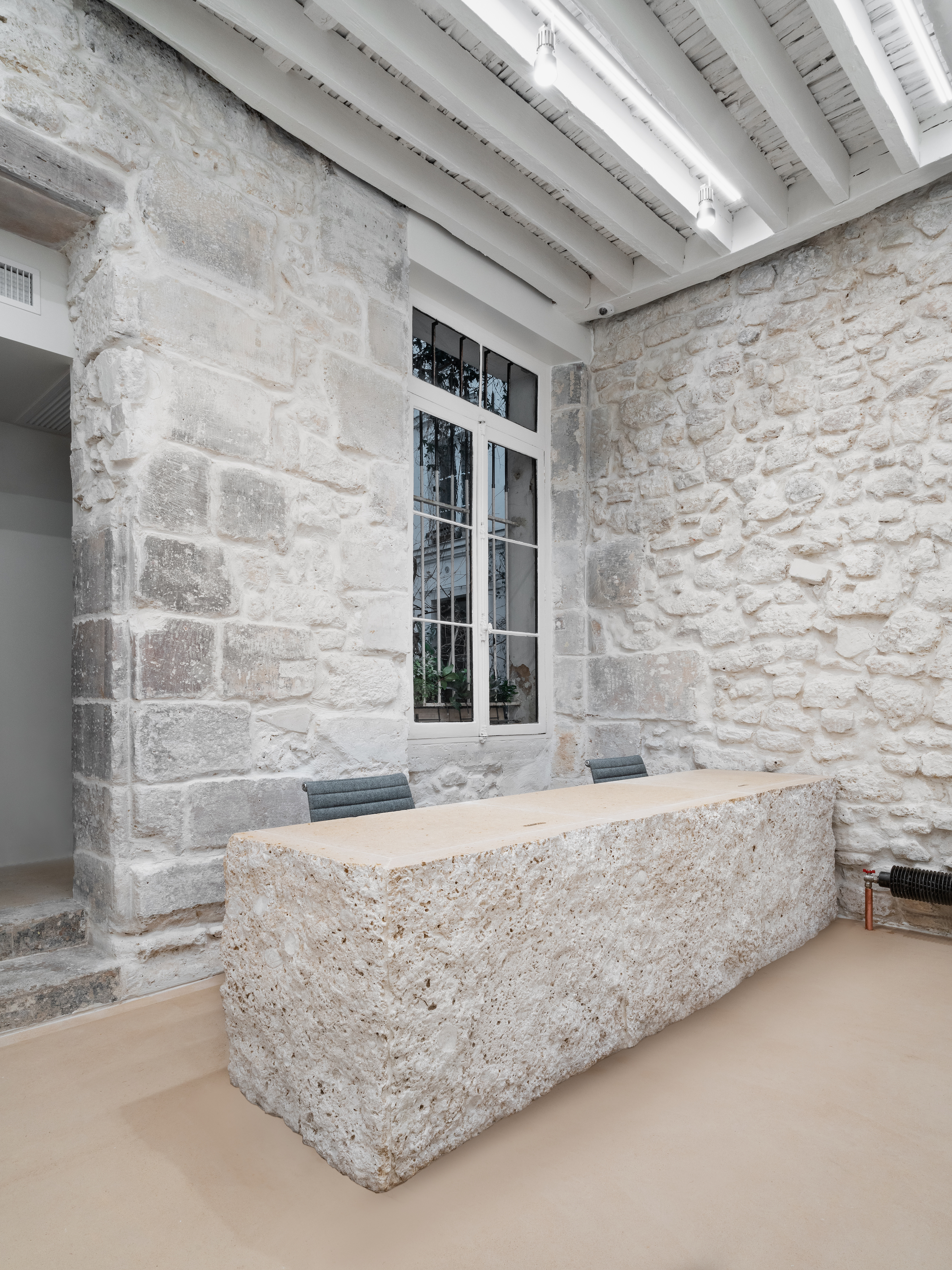
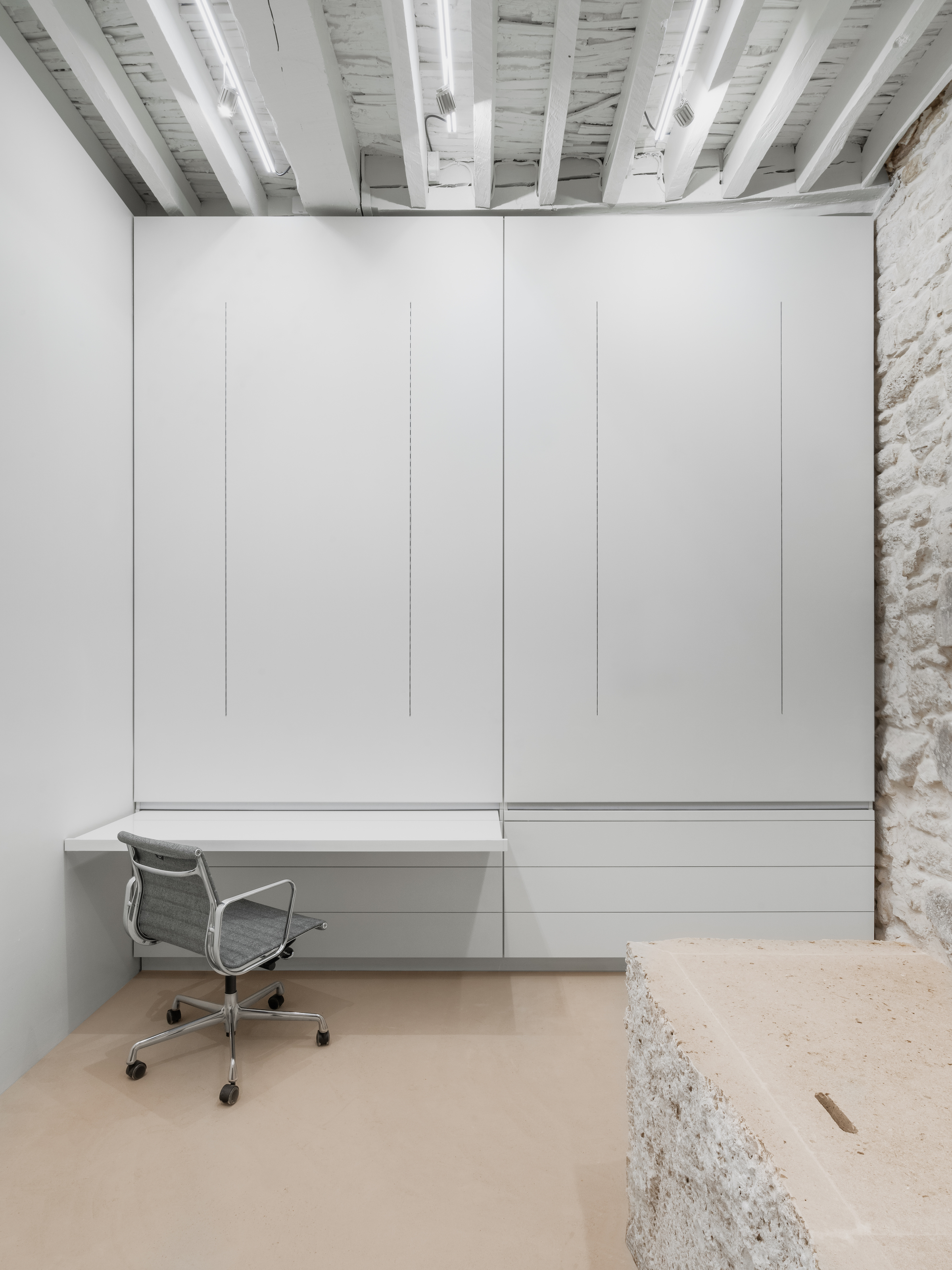
Above: Kuma's custom reception desk for the gallery, made from Parisian stone and with deliberately rough surfaces that call to mind a huge nougat. Below: the office space in the gallery.
The inaugural show of Massimo De Carlo Pièce Unique comprises a new work titled Clay Baby (m.l.) by Kaari Upson, whose work reveals intimate inner worlds and fits perfectly with the gallery’s vision, says De Carlo. As for future shows, ‘experimentation shall always remain at the core of everything that we do, as the best artists always teach us’, he adds.
A post shared by MASSIMODECARLO Pièce Unique (@massimodecarlopieceunique)
A photo posted by on
Photographed in 1989, the original Galerie Pièce Unique in Saint-Germain-des-Prés, with window concept and design by Cy Twombly
INFORMATION
Wallpaper* Newsletter
Receive our daily digest of inspiration, escapism and design stories from around the world direct to your inbox.
Massimo De Carlo Pièce Unique opens on 9 February 2021 with Kaari Upson’s Clay Baby (m.l.)
57 Rue de Turenne, Paris 3e; @massimodecarlopieceunique
Minako Norimatsu is a Japanese journalist and consultant based in Paris. Extremely curious about everything creative, her field ranges from fashion to art, dance, hospitality and travel. She has interviewed many Japanese fashion designers and artists for Wallpaper*, as well as non-Japanese creatives whose inspirations are drawn from Japan.
-
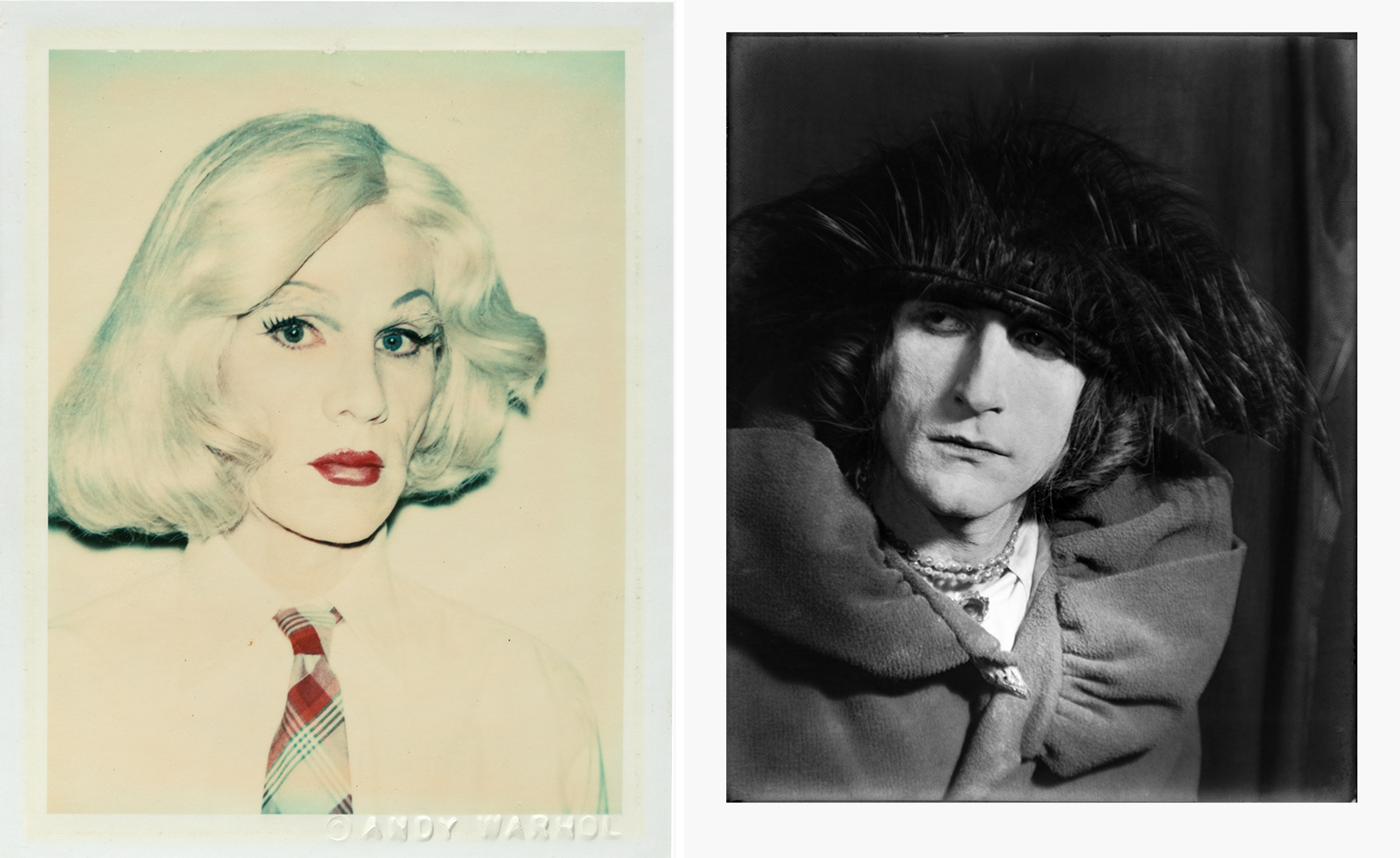 From Rembrandt to Warhol, a Paris exhibition asks: what do artists wear?
From Rembrandt to Warhol, a Paris exhibition asks: what do artists wear?‘The Art of Dressing – Dressing like an Artist’ at Musée du Louvre-Lens inspects the sartorial choices of artists
By Upasana Das
-
 Meet Lisbeth Sachs, the lesser known Swiss modernist architect
Meet Lisbeth Sachs, the lesser known Swiss modernist architectPioneering Lisbeth Sachs is the Swiss architect behind the inspiration for creative collective Annexe’s reimagining of the Swiss pavilion for the Venice Architecture Biennale 2025
By Adam Štěch
-
 A stripped-back elegance defines these timeless watch designs
A stripped-back elegance defines these timeless watch designsWatches from Cartier, Van Cleef & Arpels, Rolex and more speak to universal design codes
By Hannah Silver
-
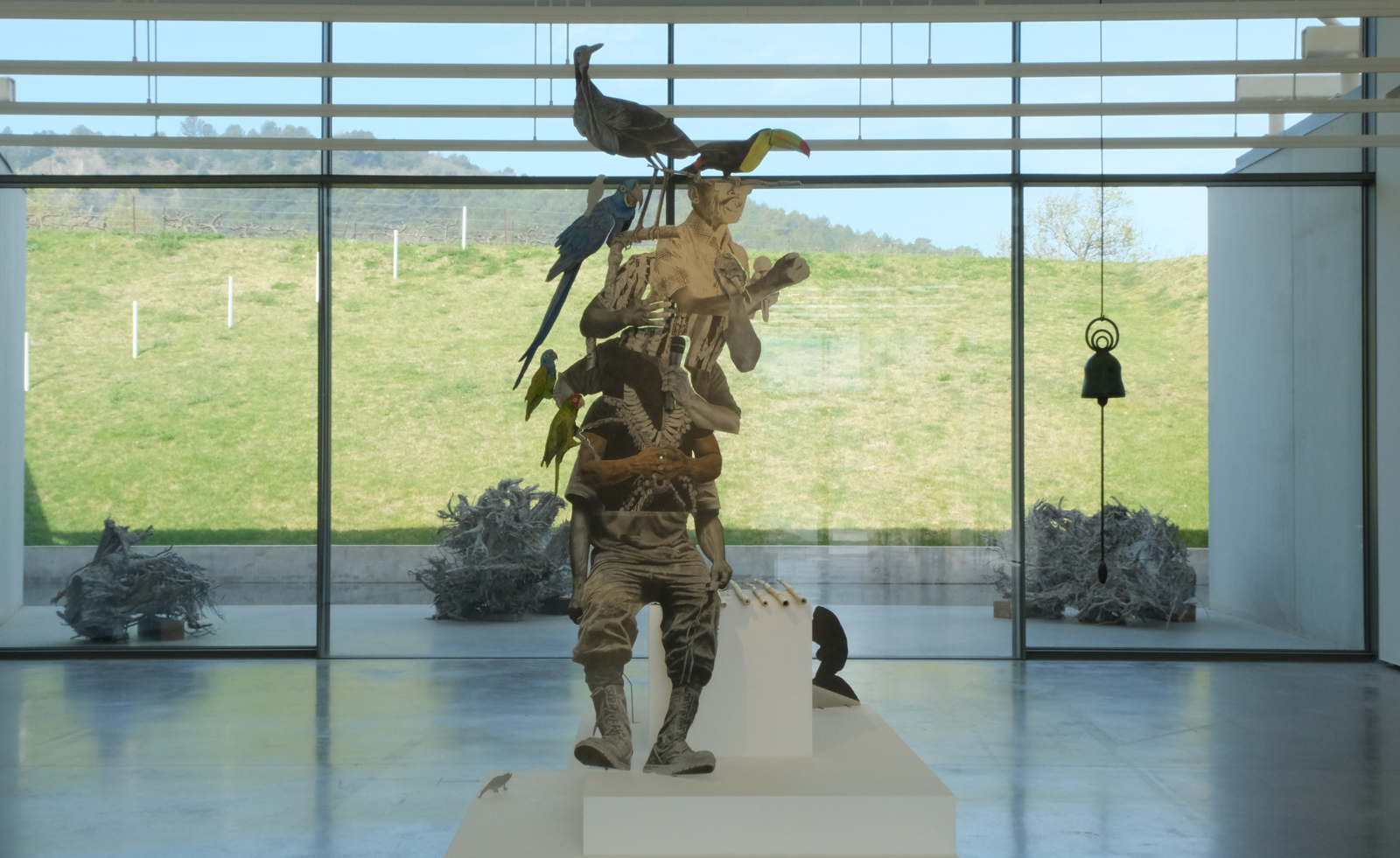 Contemporary artist collective Poush takes over Château La Coste
Contemporary artist collective Poush takes over Château La CosteMembers of Poush have created 160 works, set in and around the grounds of Château La Coste – the art, architecture and wine estate in Provence
By Amy Serafin
-
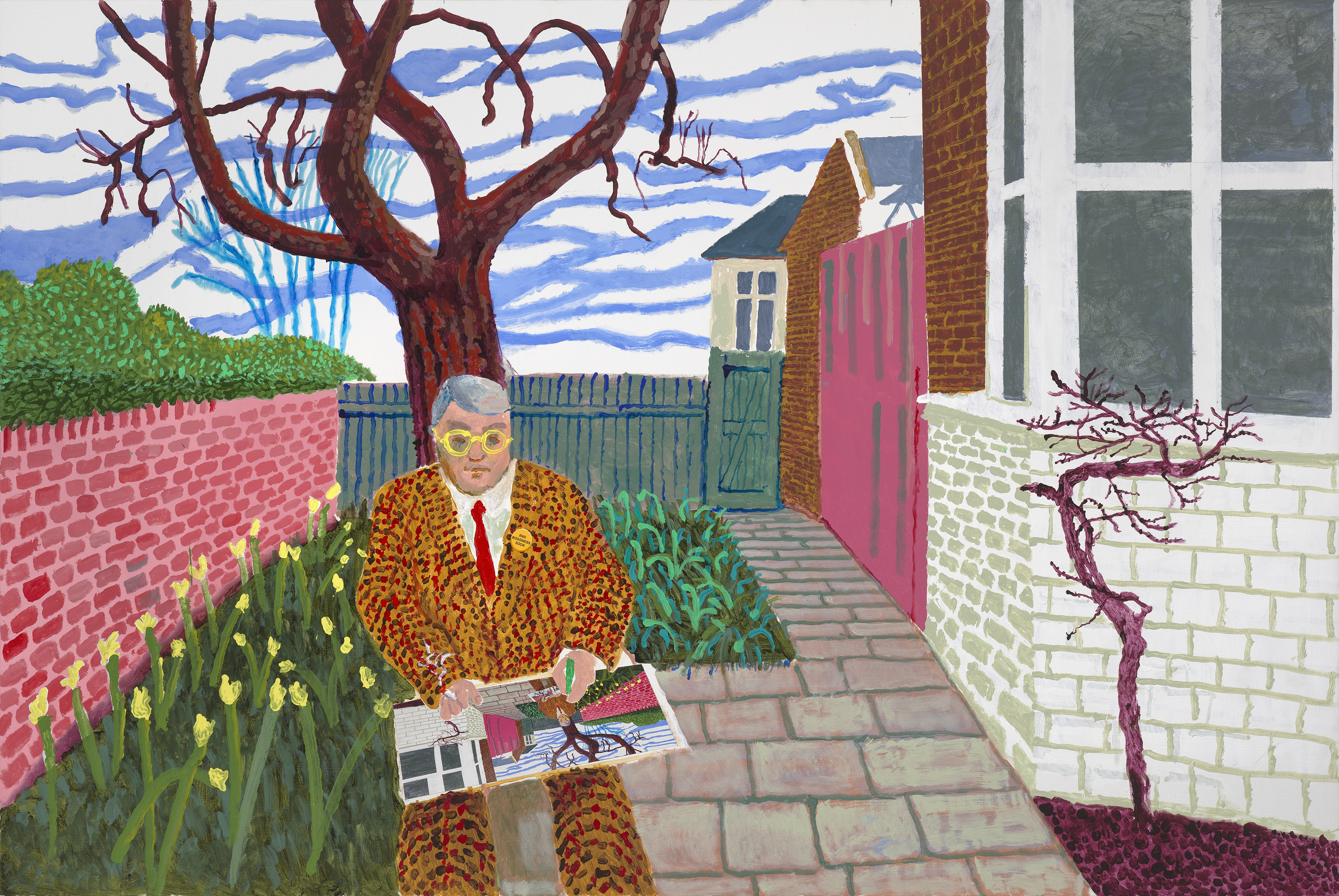 ‘David Hockney 25’: inside the artist’s blockbuster Paris show
‘David Hockney 25’: inside the artist’s blockbuster Paris show‘David Hockney 25’ has opened at Fondation Louis Vuitton in Paris. Wallpaper’s Hannah Silver took a tour of the colossal, colourful show
By Hannah Silver
-
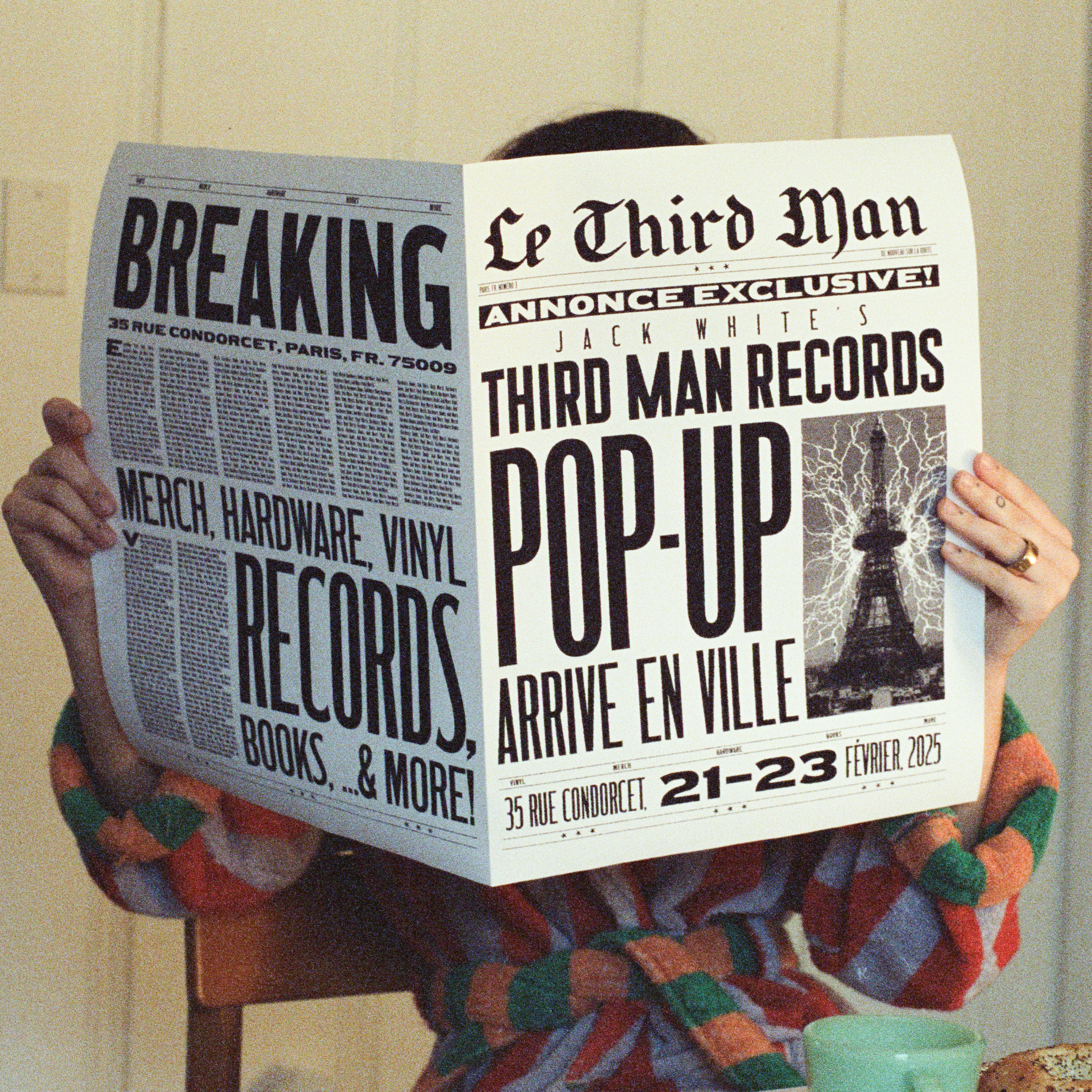 Jack White's Third Man Records opens a Paris pop-up
Jack White's Third Man Records opens a Paris pop-upJack White's immaculately-branded record store will set up shop in the 9th arrondissement this weekend
By Charlotte Gunn
-
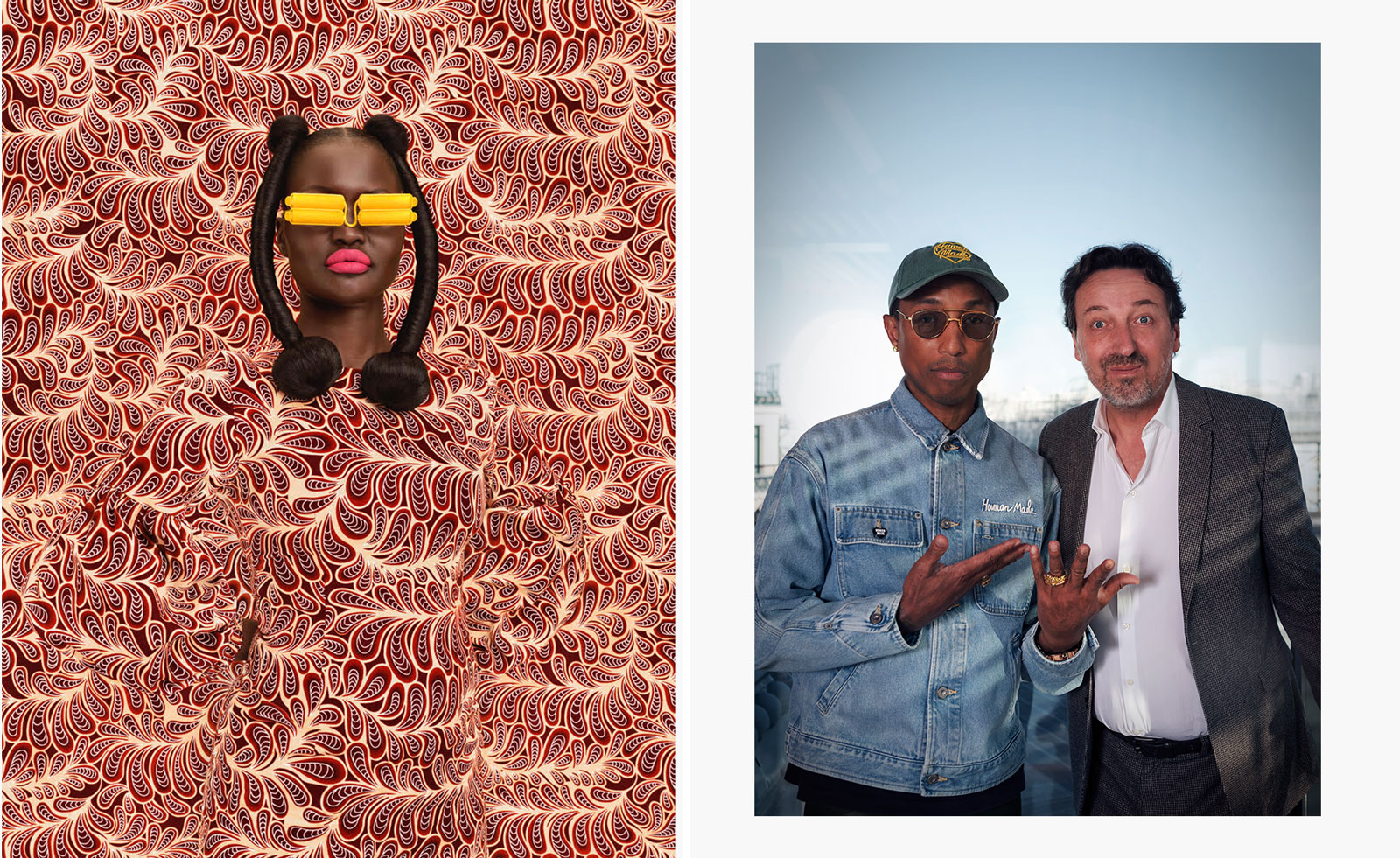 ‘The Black woman endures a gravity unlike any other’: Pharrell Williams explores diverse interpretations of femininity in Paris
‘The Black woman endures a gravity unlike any other’: Pharrell Williams explores diverse interpretations of femininity in ParisPharrell Williams returns to Perrotin gallery in Paris with a new group show which serves as an homage to Black women
By Amy Serafin
-
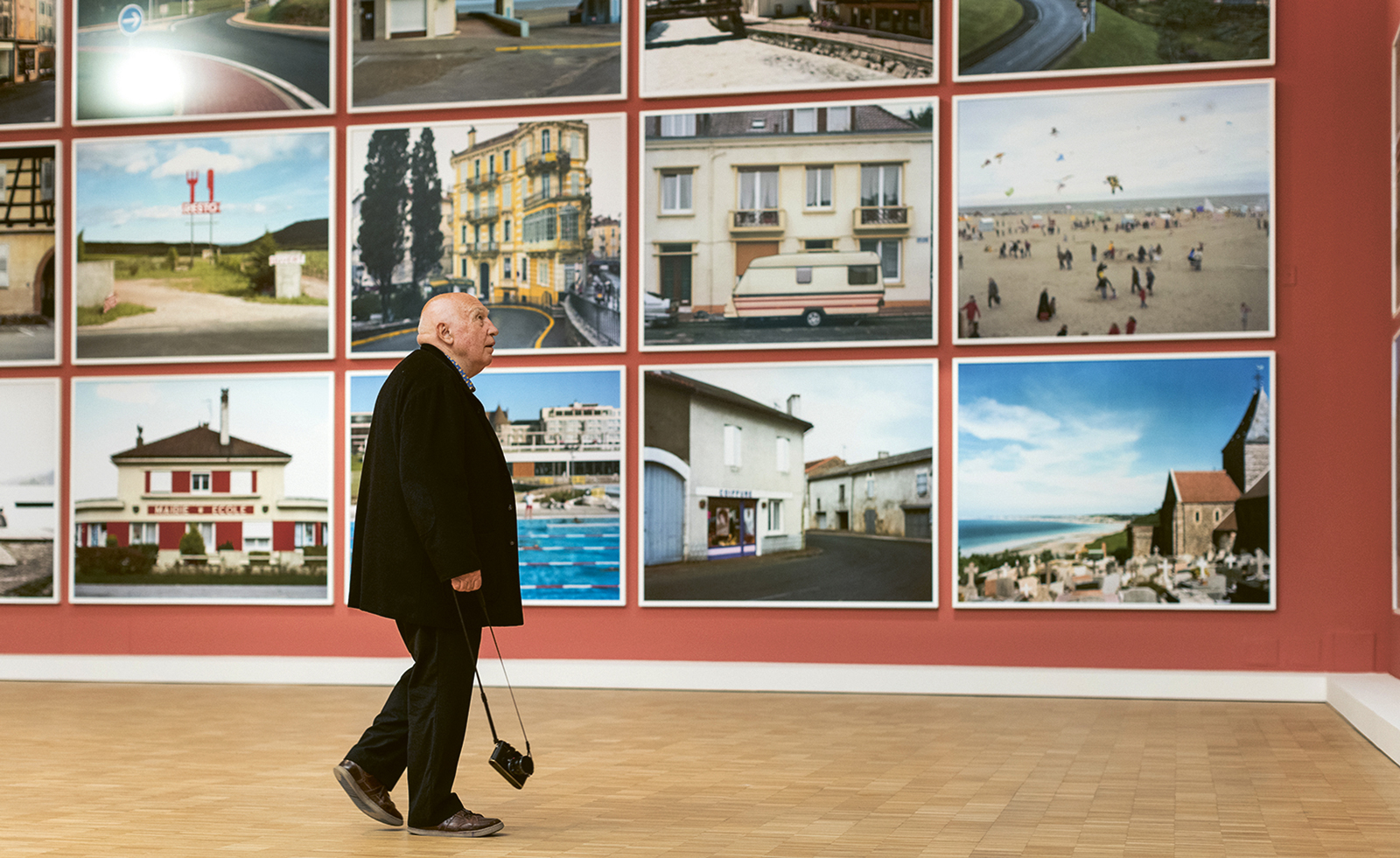 What makes fashion and art such good bedfellows?
What makes fashion and art such good bedfellows?There has always been a symbiosis between fashion and the art world. Here, we look at what makes the relationship such a successful one
By Amah-Rose Abrams
-
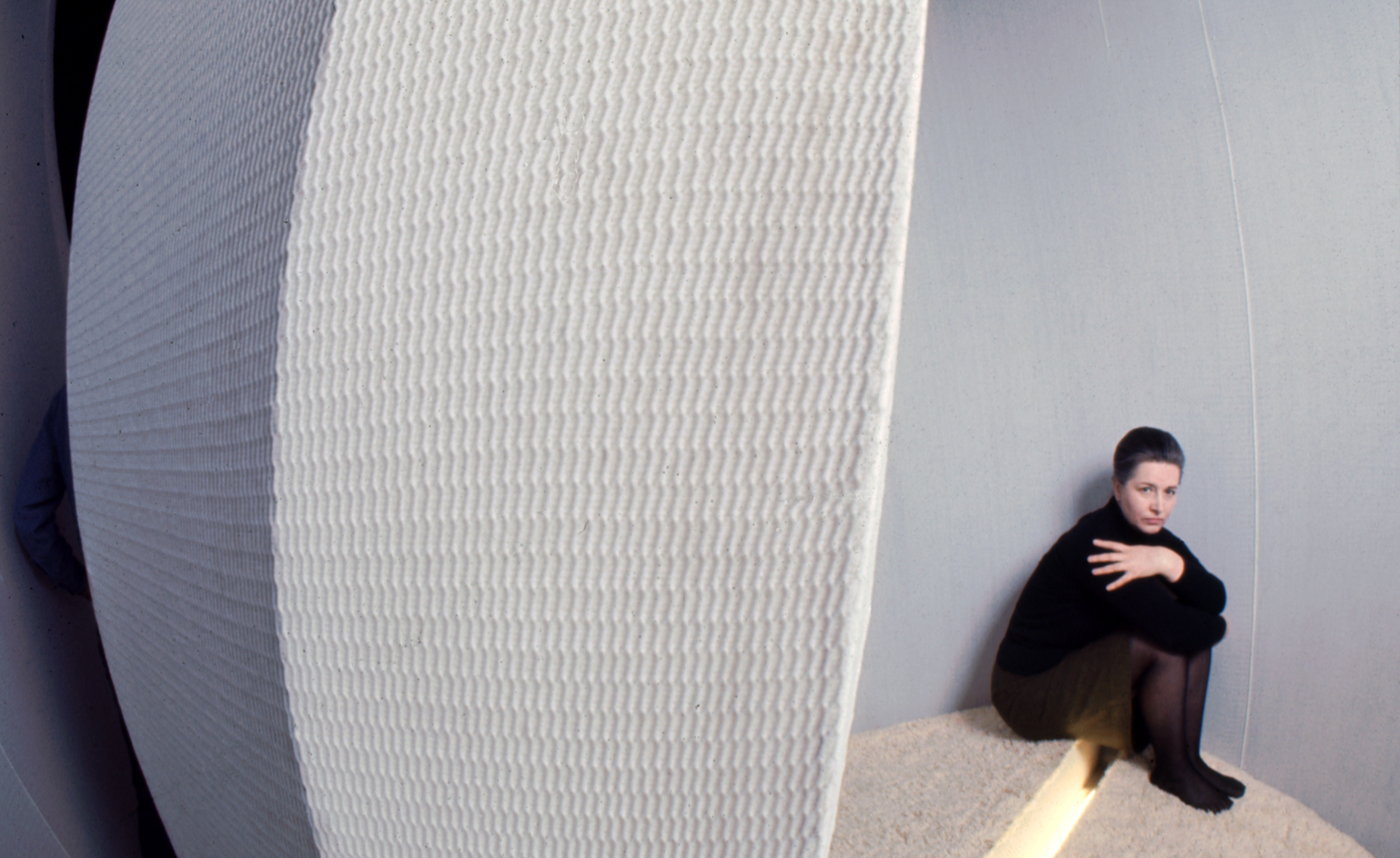 Architecture, sculpture and materials: female Lithuanian artists are celebrated in Nîmes
Architecture, sculpture and materials: female Lithuanian artists are celebrated in NîmesThe Carré d'Art in Nîmes, France, spotlights the work of Aleksandra Kasuba and Marija Olšauskaitė, as part of a nationwide celebration of Lithuanian culture
By Will Jennings
-
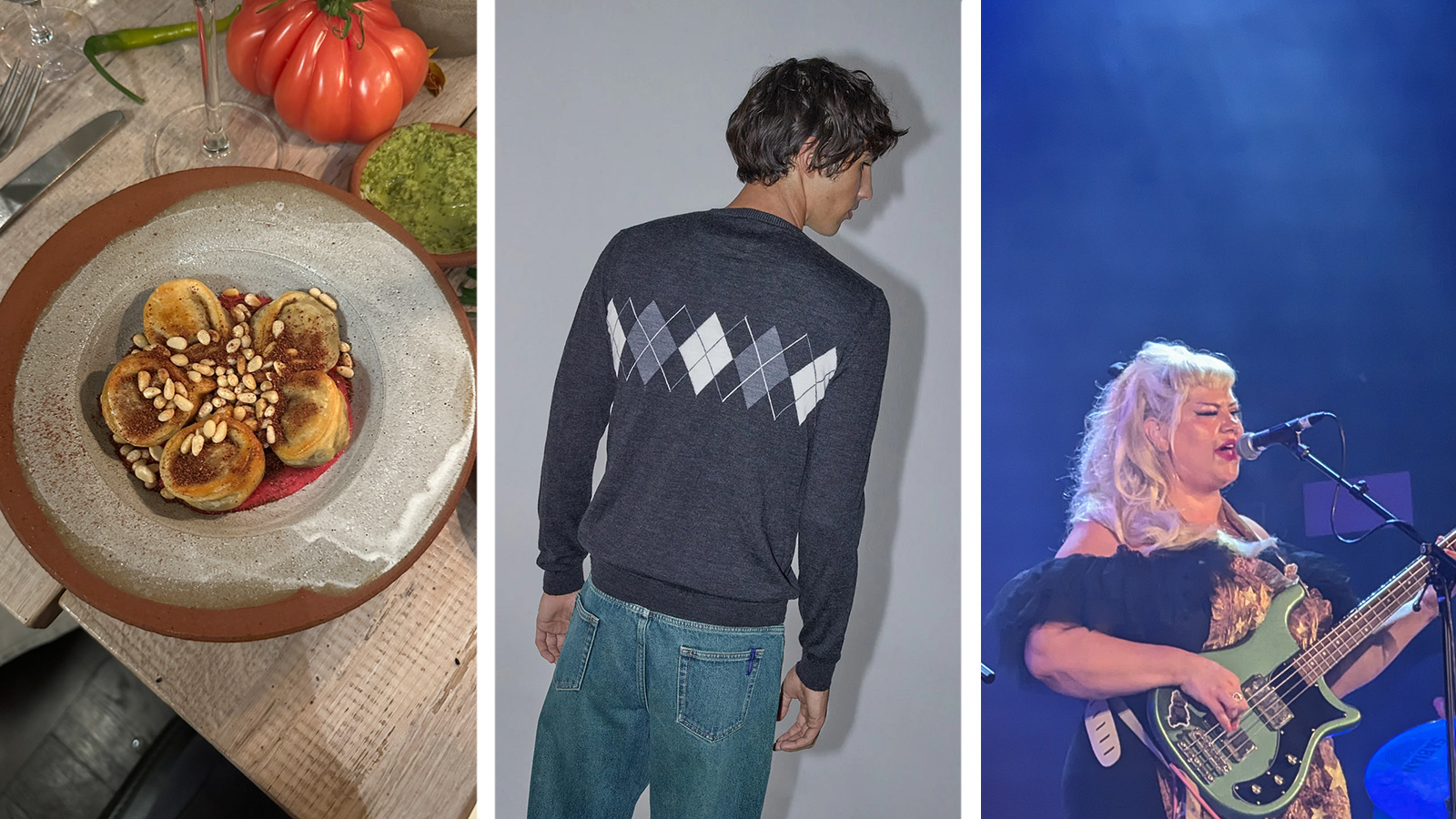 Out of office: what the Wallpaper* editors have been doing this week
Out of office: what the Wallpaper* editors have been doing this weekInvesting in quality knitwear, scouting a very special pair of earrings and dining with strangers are just some of the things keeping the Wallpaper* team occupied this week
By Bill Prince
-
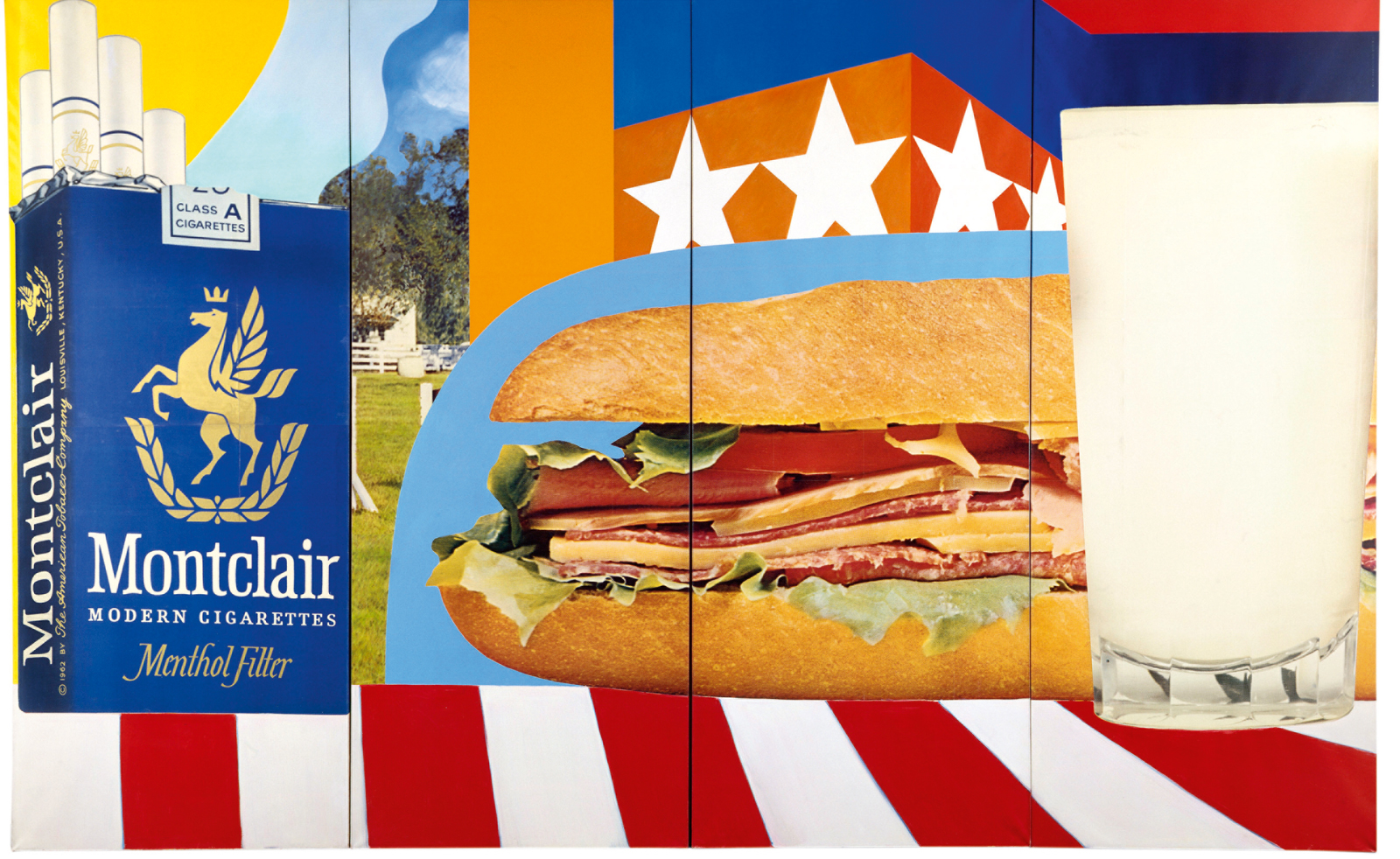 Tom Wesselmann’s enduring influence on pop art goes under the spotlight in Paris
Tom Wesselmann’s enduring influence on pop art goes under the spotlight in Paris‘Pop Forever, Tom Wesselmann &...’ is on view at Fondation Louis Vuitton in Paris until 24 February 2025
By Ann Binlot
